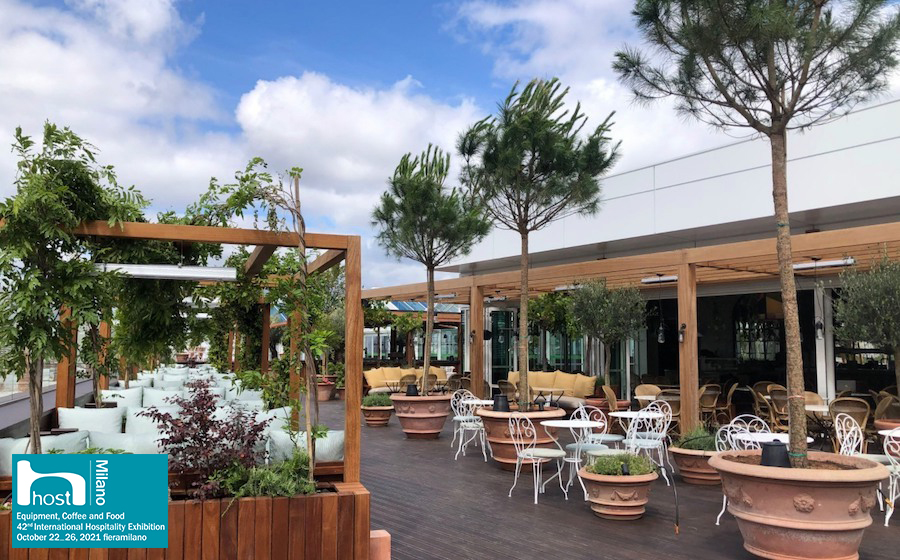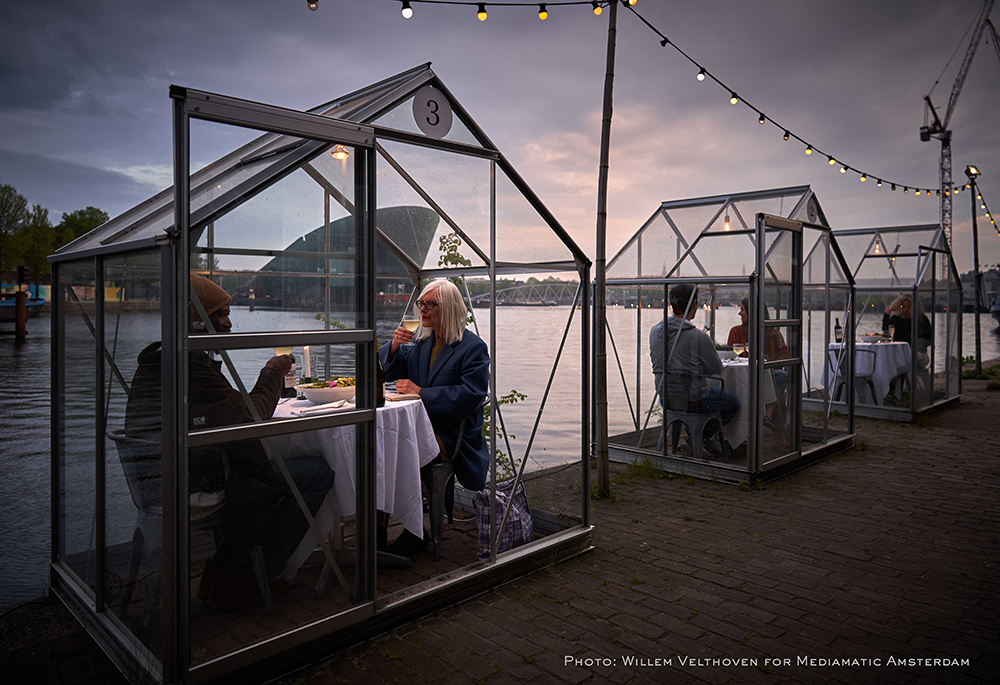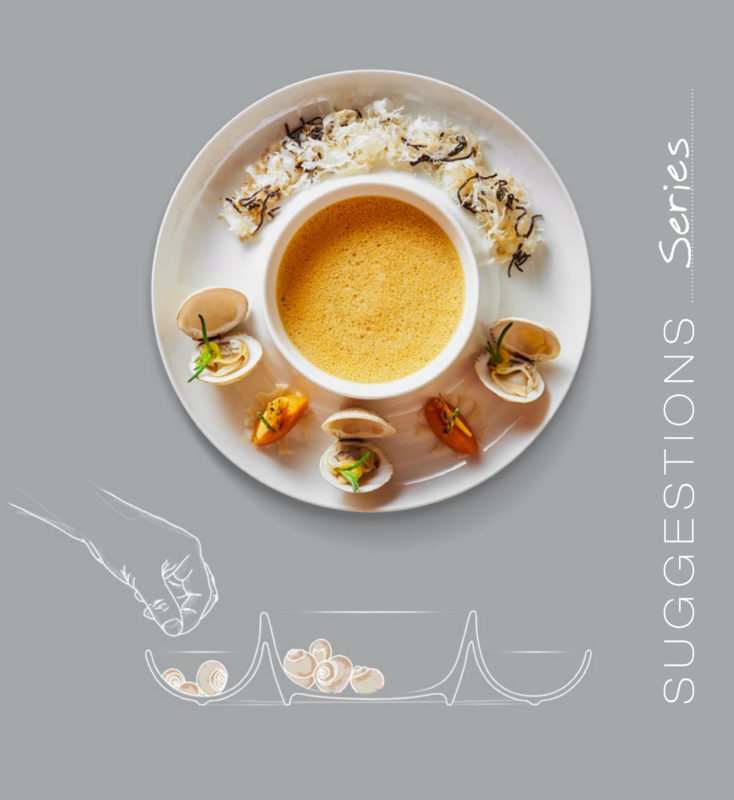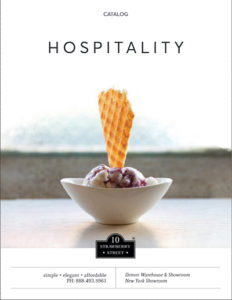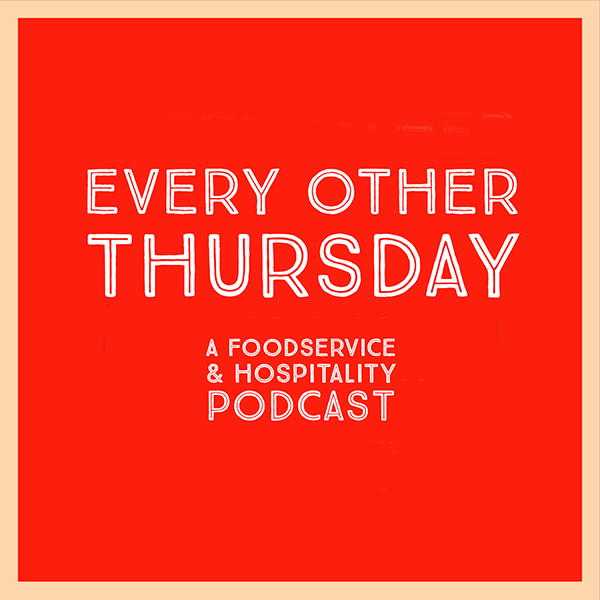From the boulevards of Paris to the mini-greenhouses of Amsterdam, the street is a leading light in this time of re-opening and sharing open spaces. And the Ville Lumières is no exception to the rule. The city council, to help coffee bars and restaurants deal with new regulations and re-open their businesses, has allowed them to occupy their surrounding outdoor areas until 30 September, a measure which may be extended throughout the autumn in response to demand from business owners. Here too, tables and chairs have occupied sidewalks, squares and parking spaces as well as a number of streets which have been closed to traffic for the first time, while others have had their speed limits reduced.
The current health situation also seems to have contributed to implementing a number of green mobility projects: the measures approved by mayor Anne Hidalgo include new cyclepaths, free public transport for under 18s and the objective of making Paris a “15 minute city” so that all residents can find the services they require within 15 minutes of their homes. One big success of the Parisian summer were the urban vegetable gardens, which bloomed throughout the lockdown not only on balconies and roofs but also in abandoned areas, and which acted as places for meeting and socializing outdoors. Some projects have involved re-opening: thanks to the Parisculteurs programme, some businesses have been able to open their doors once more, like La Caverne, which converted an abandoned underground carpark into a vegetable garden, or La Ferme Urbaine, a vegetable garden on the terraces of Hall 6 of Paris Expo Porte de Versailles. Le Perchoir, a concept with five addresses around the capital, was among the most interesting debuts of the post-COVID era, a café and restaurant with a menu featuring fruit, vegetables and hydroponic and aeroponic herbs grown in-house. The trend for outdoor spaces has also involved elevated locations: roofs, often in iconic settings, are the most fashionable outdoors areas at the present time, like Laho at the Gare de Lyon, the terrace with a view of the Tour Eiffel at the Musée Guimet, Créatures, the vegetarian restaurant on the terrace of the Galeries Lafayette Paris-Haussmann and La City on the 35th floor of the Grande Arche of La Défense, situated 110 metres above street level.
Meanwhile, new eco-trendy partitions are conquering the capital of the Netherlands: the Eten restaurant at the Mediamatic Foundation has installed a series of mini-greenhouses to keep diners at a safe distance from each other, allowing couples and groups of up to four persons to dine in an intimate atmosphere of complete privacy.
We’ll have to wait and see whether these changes are long-lasting or not. At the moment, the solutions supported by governments and local authorities, often made concrete with the help of architects and designers interested in redesigning urban spaces, have resulted in green policies and increased the green areas in cities, expanded pedestrian areas and promoted the use of alternatives to private cars. These important changes will lead to the development of new concepts for hospitality, and will be featured at the upcoming edition of HostMilano.
HostMilano is the most important professional hospitality exhibition at global level, one that is able to welcome approximately 2200 exhibitors from 55 countries and more than 200,000 visitors, 40% of whom international, at each edition. The next edition will take place at Fiera Milano from 22 to 26 October 2021.
More updates are available at: www.host.fieramilano.it/en, @HostMilano, #Host2021.

